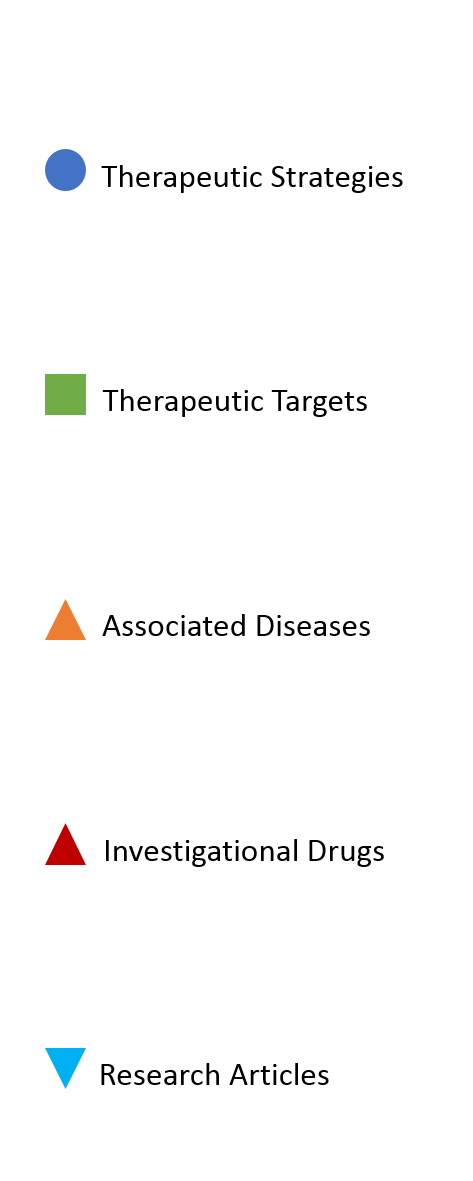Research Article Details
| Article ID: | A15056 |
| PMID: | 29117472 |
| Source: | Liver Int |
| Title: | Text messaging approach improves weight loss in patients with nonalcoholic fatty liver disease: A randomized study. |
| Abstract: | BACKGROUND & AIMS: Nonalcoholic fatty liver disease (NAFLD) is emerging as the most common liver disease. The only effective treatment is 7%-10% weight loss. Mobile technology is increasingly used in weight management. This study was performed to evaluate the effects of text messaging intervention on weight loss in patients with NAFLD. METHODS: Thirty well-defined NAFLD patients (mean age 52 years, 67% females, mean BMI 38) were randomized 1:1 to control group: counselling on healthy diet and exercise, or intervention group: text messages in addition to healthy life style counselling. NAFLD text messaging program sent weekly messages for 22 weeks on healthy life style education. Primary outcome was change in weight. Secondary outcomes were changes in liver enzymes and lipid profile. RESULTS: Intervention group lost an average of 6.9 lbs. (P = .03) compared to gain of 1.8 lbs. in the control group (P = .45). Intervention group also showed a decrease in ALT level (-12.5 IU/L, P = .035) and improvement in serum triglycerides (-28 mg/dL, P = .048). There were no changes in the control group on serum ALT level (-6.1 IU/L, P = .46) and on serum triglycerides (-20.3 mg/dL P = .27). Using one-way analysis of variance, change in outcomes in intervention group compared to control group was significant for weight (P = .02) and BMI (P = .02). CONCLUSIONS: Text messaging on healthy life style is associated with reduction in weight in NAFLD patients. Larger studies are suggested to examine benefits on liver histology, and assess long-term impact of this approach in patients with NAFLD. |
| DOI: | 10.1111/liv.13622 |

| Strategy ID | Therapy Strategy | Synonyms | Therapy Targets | Therapy Drugs | |
|---|---|---|---|---|---|
| S08 | Lifestyle measures | Lifestyle intervention; weight loss; diet adaptation; dietary interventions; lifestyle modifications; Exercise | -- | -- | Details |
| S14 | Digital therapeutics | Internet-based approach; Web-Based Exercise; Mobile Technology; Mobile APP | -- | -- | Details |
| Target ID | Target Name | GENE | Action | Class | UniProtKB ID | Entry Name |
|---|
| Diseases ID | DO ID | Disease Name | Definition | Class | |
|---|---|---|---|---|---|
| I14 | 9970 | Obesity | An overnutrition that is characterized by excess body fat, traditionally defined as an elevated ratio of weight to height (specifically 30 kilograms per meter squared), has_material_basis_in a multifactorial etiology related to excess nutrition intake, decreased caloric utilization, and genetic susceptibility, and possibly medications and certain disorders of metabolism, endocrine function, and mental illness. https://en.wikipedia.org/wiki/Obesity | disease of metabolism/acquired metabolic disease/ nutrition disease/overnutrition | Details |
| Drug ID | Drug Name | Type | DrugBank ID | Targets | Category | Latest Progress | |
|---|---|---|---|---|---|---|---|
| D579 | Emfilermin | Miscellany | -- | adipocytes | Enhance lipid metabolism | Under investigation | Details |
| D199 | L-alanine | Chemical drug | DB00160 | KYNU | -- | Failed in clinical trials | Details |
| D328 | Serine | Chemical drug | DB00133 | SRR | Improve insulin resistance | Under clinical trials | Details |
| D316 | S-adenosyl-L-methionine | Chemical drug | DB00118 | GNMT cofactor | Antiviral | Under clinical trials | Details |
| D094 | Cysteamine | Chemical drug | DB00847 | GSS stimulant | Renal drug | Under clinical trials | Details |
| D095 | Cysteamine bitartrate | Chemical drug | DB00847 | -- | -- | Under clinical trials | Details |
